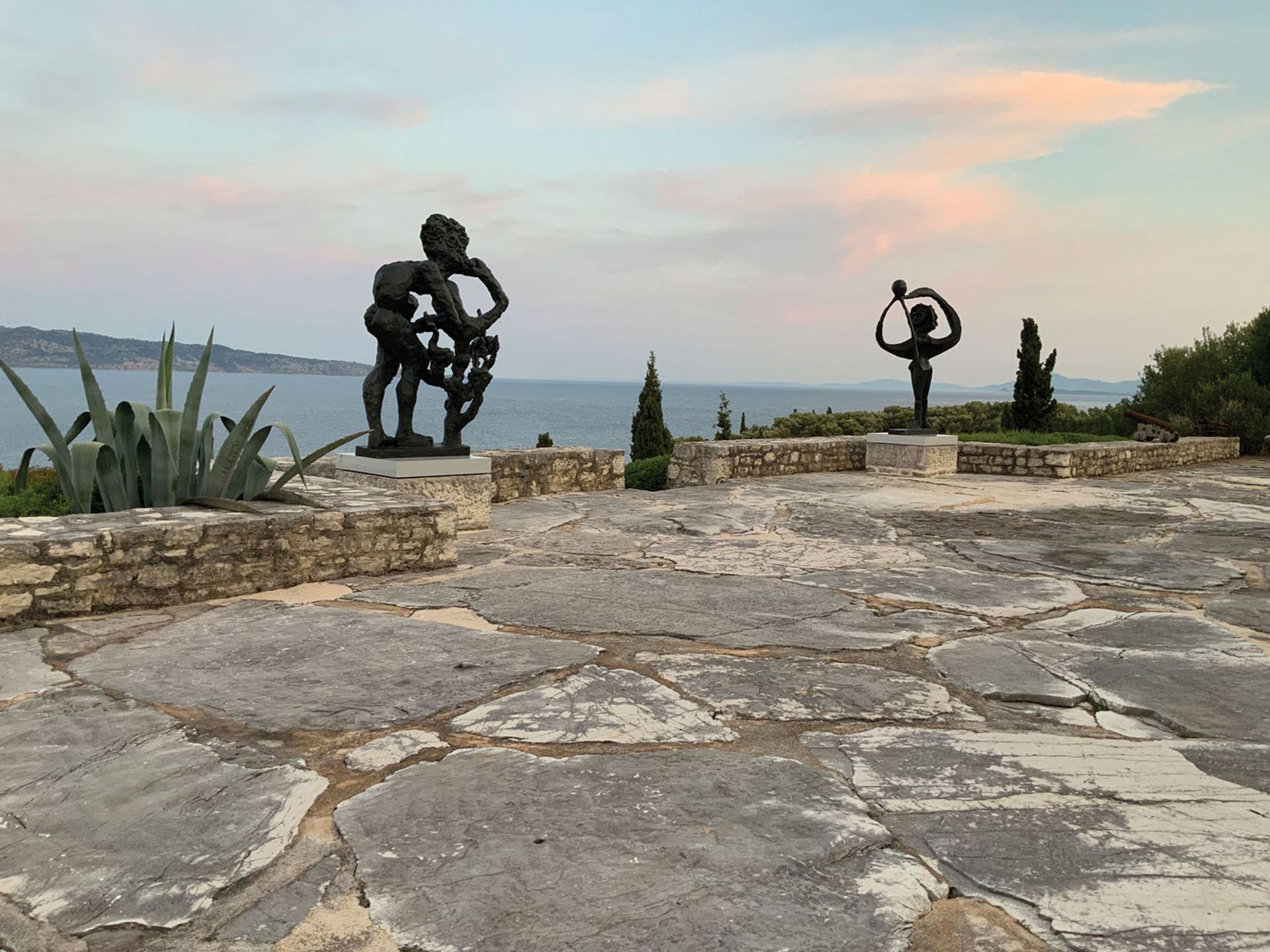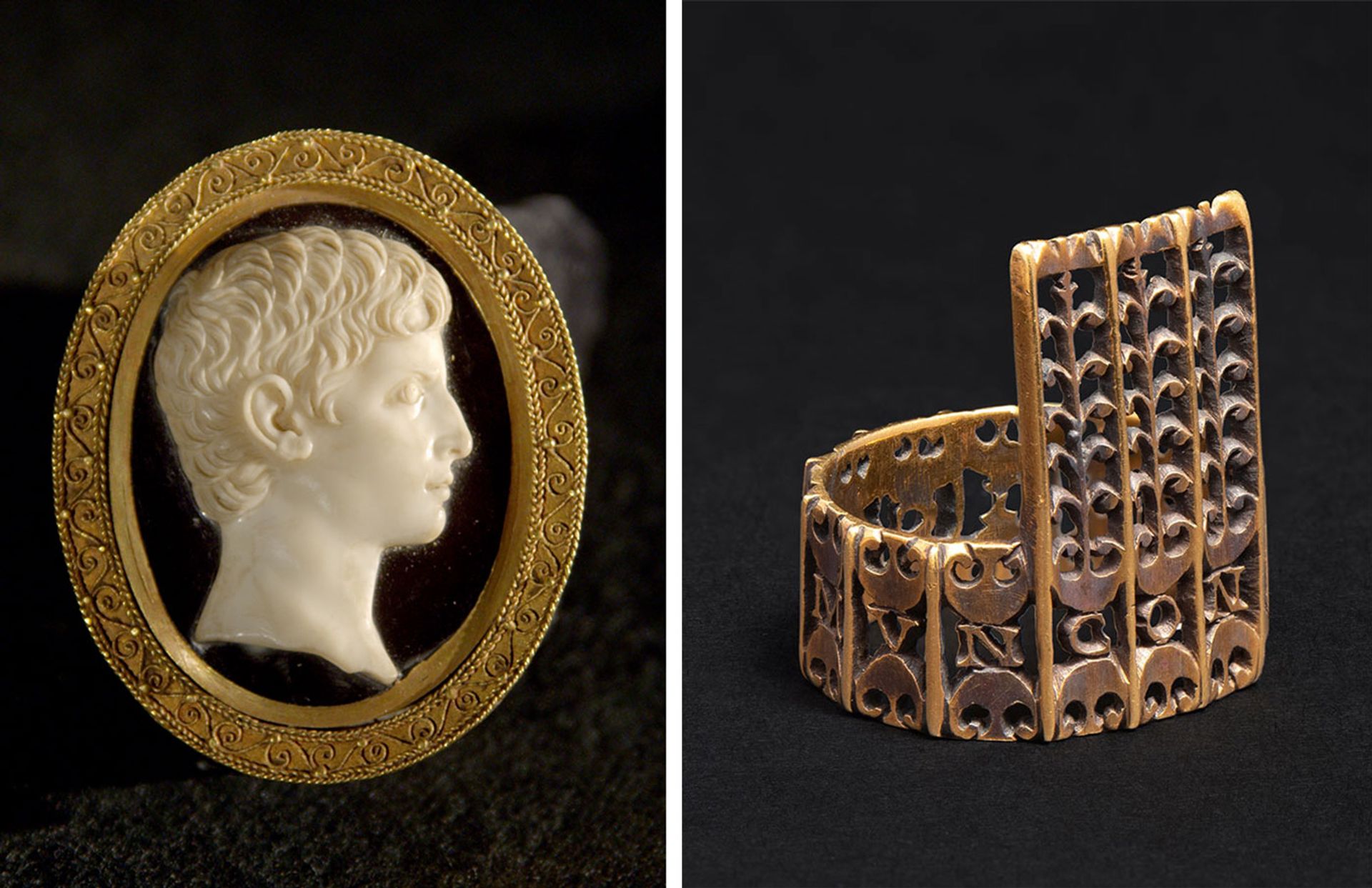Jacob Rothschild is retiring. Jacob Rothschild is not retiring. This scion of the British branch of the banking family may be stepping down as chairman of the £3bn RIT investment trust on 30 September to become its president, but the staff at the great Rothschild house, Waddesdon Manor, a leading UK visitor attraction, are bracing themselves for a flood of new projects. “I have worked here for six years and I’ve never once felt in my comfort zone, such is his perfectionism, drive, and capacity for hard work,” says his head of collections Pippa Shirley.
Now 83 years old, Rothschild has been a major power behind the UK’s cultural scene for more than 30 years, avoiding publicity—except in the Latin inscription of one of the biggest rooms of the National Gallery, commemorating his generosity in restoring it, for which he earned the brickbats of modernists who objected to the revival of the 19th-century decor—while cajoling, negotiating, subsidising and roping in other wealthy donors; above all, thinking strategically and creatively. For this he has accumulated an array of awards and degrees from both sides of the Atlantic and beyond, of which the British Order of Merit is perhaps the most distinguished.
In 1985, as the chairman of the trustees of the National Gallery, he was instrumental in getting a bad plan for a part-office extension of the museum turned into a much better plan, financed by his friends the Sainsbury brothers—now the Sainsbury Wing, which houses the great Renaissance collection.
It was he who persuaded the then deputy prime minister, Michael Heseltine, to move the civil servants out of Somerset House in the late 1990s so that this 18th-century building could become an arts hub and be enjoyed by the public. The Illuminated River project, which will light up London’s bridges, derives from an idea he had in 2000 when Somerset House reopened. He wanted the American artist James Turrell to create a pool of light in front of the building, connecting the two banks of the river, but this never happened because Turrell was too expensive.Now, however, the Rothschild Foundation and Rothschild’s daughter Hannah have applied the idea all along the river instead, a 10-year scheme that has attracted other major backers.
Rothschild’s offices look out on Spencer House, the neo-classical hôtel particulier of Princess Diana’s family, which he saw going to rack and ruin, so he bought a 125-year lease on it in 1985, restored and furnished it with historical accuracy, so that at least one of London’s aristocratic residences could be seen in its 18th-century splendour.
How Rothschild bridged the "two cultures" mentality
But the profoundest influence he has had on the cultural ecology of the country has been the bridging of the “two cultures” mentality, by which “arty” people ignored or despised practical business skills. He achieved this when he was chairman of the Heritage Lottery Fund from 1994 to 1998 by insisting that all museums applying for capital grants prepare a business plan and sending in firms such as KPMG to give them a crash course in how to do it.
His greatest public project is still to come, the third in the key public buildings for the state of Israel. It is the National Library in Jerusalem, due to be finished in two and a half years, which is being financed by the Rothschilds’ Yad Hanadiv foundation, of which Rothschild is president. This was set up by his late cousin Dollie, widow of James de Rothschild, whose father, Baron Edmond, had established the first settlements in Israel in the 1880s. When James was dying, he put up the money for the Knesset (parliament) in Jerusalem, and after his death, Dollie had the idea of funding the Supreme Court, which Rothschild finished after she died.
“I think the National Library will be one of the finest buildings in Israel,” he says. Characteristically, he turned a glitch in the selection process into an advantage. “We had to have a public competition, but, of course, no star architects put in for competitions anymore because they are so spoilt. We looked through 300 schemes, mainly by Israeli architects and I didn’t like any of them, but had to choose one, who then got sued by his partner in Harvard. I said, ‘sort it out in a month’, and he couldn’t, so I rang Renzo Piano, Frank Gehry and Herzog & de Meuron and said, ‘don’t do a scheme but come and tell us what you’d do’. And then we chose Herzog & de Meuron.”
Another project of Rothschild’s was inaugurated last month at his house on Corfu to mark the 50th anniversary of its acquisition by himself and his mother, Barbara Hutchinson, but also as a gesture towards the 200th anniversary of the independence of Greece in 2021.

A project drawing together many threads of Greek national feeling: Sculptures of Odysseus (left) and Nausicaa on the terrace at Rothschild's house in Corfu. They were scaled up in 2019 from maquettes left by Rothschild's stepfather, the Greek artist Nikos Ghika Photograph: Jacob Rothschild
It fulfils a desire expressed in 1972 by the former Greek prime minister, George Rallis, to one of Greece’s most admired 20th-century artists and intellectuals, Niko Ghika, who counted among his many friends the writers Patrick Leigh Fermor and Henry Miller and was married to Rothschild’s mother. In 1948, Ghika modelled the figures of Nausicaa, the daughter of the king of the Phaeacians, and Odysseus, the hero of Homer’s epic, which tells how, towards the end of his arduous journey back to Ithaca after the Trojan war, his ship gets washed up on the island now called Corfu. The weather-beaten warrior falls asleep until he is woken up by young Nausicaa accidentally hitting him with a ball, obliging him to hide his nakedness behind a bush.
Rallis and Ghika hoped to see these small maquettes made into large sculptures and displayed prominently on the island. Rothschild has had them scaled up into 2.5m-high figures by the Factum Foundation in Madrid and cast in bronze by the Kaparos foundry near Athens. They now stand on a promontory, lit up at night, and can be seen by boats passing through the strait separating Corfu from Albania, a poetic project that draws together many threads of Greek national feeling.
The treasury at Waddesdon
Meanwhile, a new attraction, a treasury, is opening on 7 September at Waddesdon Manor, the 1870s, French-style house that James de Rothschild bequeathed to the National Trust in 1957, but which Rothschild has run semi-independently of the trust since 1988, subsidising and lending works of art to it through the Rothschild Foundation, of which he is chairman.

Two exceptional antiquities from the Treasury section opened at Waddesdon in 2019: a 1st-century cameo of Augustus Caesar’s grandson, Gaius, and a 2nd-century openwork gold engagement ring excavated in Tienen, Belgium. Photographs: Waddesdon Image Library, Mike Fear
Waddesdon is run as much as a highly professional museum as a perfectly appointed Victorian house, and it attracted 466,000 visitors last year. The treasury has been created to show some 300 smallish, precious objects for the first time and the curators have worked with the makers of the app Smartify to develop its capacity to deal with such 3D objects, when previously it could only handle flat art.
Rothschild is enthusiastic about digital technology, from Factum Foundation’s near-perfect digital replicas of paintings, such as the copy made for Waddesdon of Boucher’s Madame de Pompadour (1756), now in the Alte Pinakothek, Munich, but formerly in a Rothschild collection, to Factum’s capacity to digitise archives speedily, to the augmented reality experience on which Magic Leap, an immersive tech company started by the Israeli Rony Abovitz, is working, which enables one to turn the pages of a book in 3D.
There is much still to be done, he says, from balancing the Waddesdon books, to more scholarship, to refining the visitor experience, to more contemporary art commissions—and co-opting his daughter Hannah, who has just retired from being chairman of the trustees of the National Gallery and has moved to live nearby.


